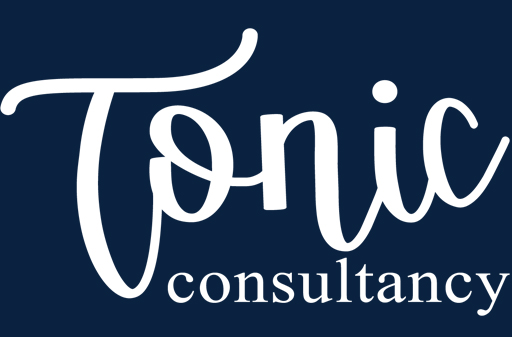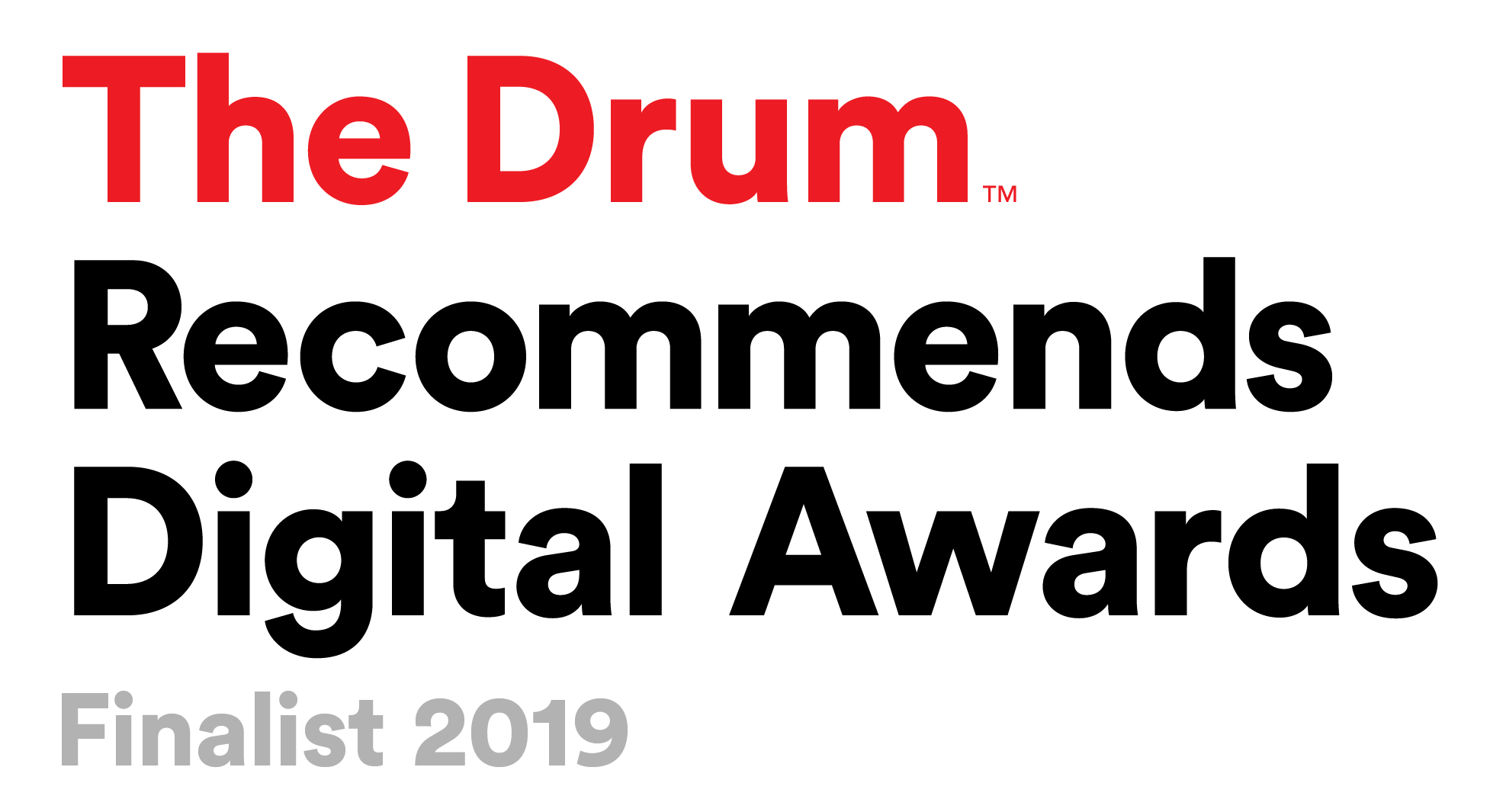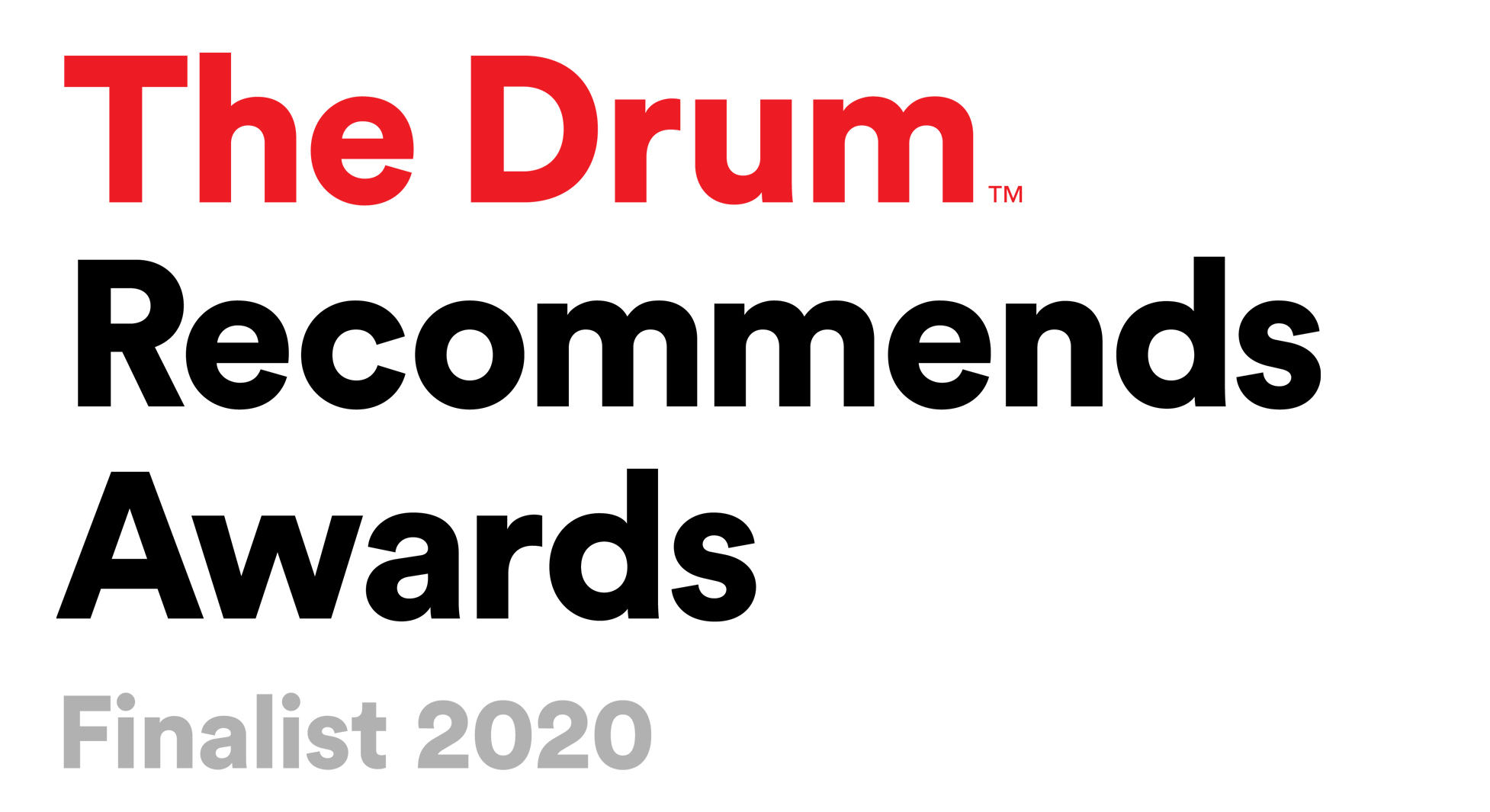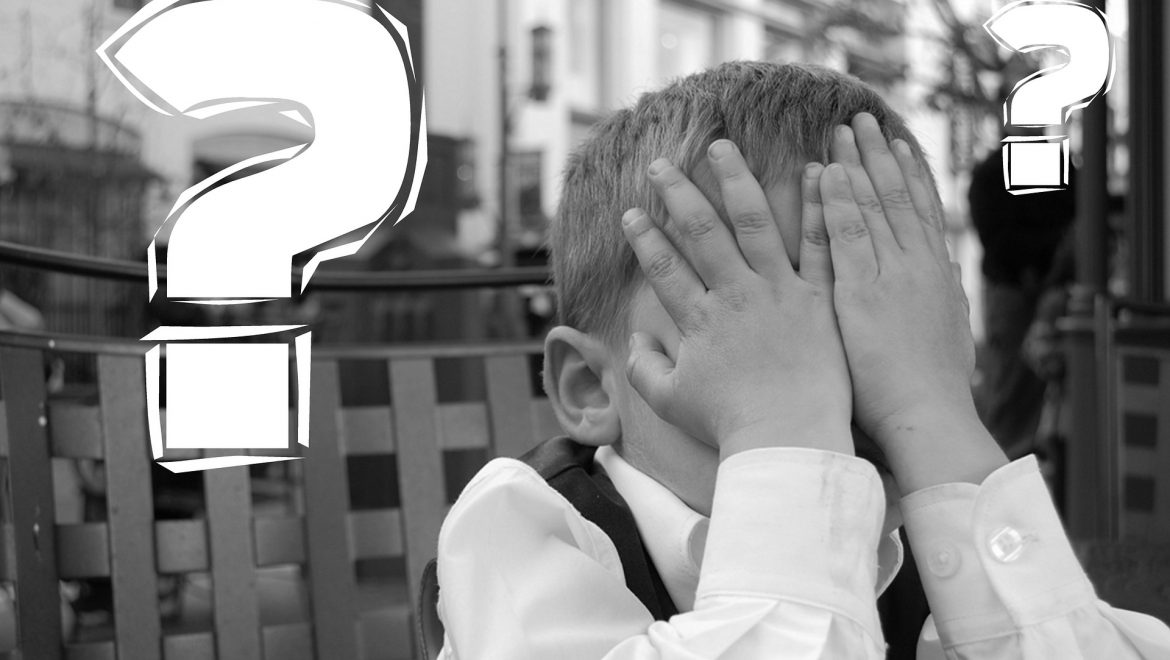Three Steps To Help Create Consumer Buying Habits
Whether you’re trying to get fit or learn a new skill, forming new habits doesn’t happen overnight, and the same goes for forming buying habits. However, they can be developed through a systematic application of prompts, rewards, and repeat behaviour.
Our modern lives can be hectic, with so many choices and decisions to make every day, from trivial matters such as what to have for lunch or which shoes to put on in the morning, to deeply profound matters that can have lasting consequences. But if we agonised over every single decision we had to make in our day-to-day lives, we’d never get anything done.
When it comes to the more trivial choices we face, such as what to buy, we are more likely to rely on the habits we have formed, and simply do what we did last time when in the same situation. Do you tend to grab the same sandwich from the shop every lunchtime, stick to the same brand of coffee at the supermarket, or make other trivial purchases simply out of habit?
The Importance Of Habits
In 2002, psychologist Wendy Wood, the author of Good Habits, Bad Habits: The Science Of Making Positive Changes That Stick, conducted a study that involved 209 participants who were promoted by an alarm every hour to write down what they were doing, where they were, and what they were thinking about.
The study found that if people were repeating the same action in the same place while thinking about something different, then their behaviour was characterised as habitual, and by that criteria, 43 per cent of behaviour was habitual.
Marketing And Forming Habits
With habits accounting for a significant proportion of consumer behaviour, marketers need to know how to leverage this, as well as how to successfully create buying habits.
Most psychologists concur that to form successful habits, there are three basic elements required: a cue, prompt, or trigger, a reward, and repetition.
These three elements are often used to help form habits in other areas too, such as prompts to exercise or workout to help build up streaks, for example, on the Peloton app, or the infamous slightly threatening aura of the Duolingo Owl, reminding you to keep up with your Spanish lessons.
However, passive-aggressive multi-lingual birds aside, let’s have a look at the three aforementioned elements for successful habit forming.
The Trigger
To develop habitual behaviour, motivation alone will not be sufficient, and successful habit forming needs a prompt or cue, whether that’s a place, mood, or time that will trigger the behaviour.
In a study at the University of Bath in 2002, psychologist Sarah Milne recruited 248 volunteers, who were then divided into three groups. A control group were instructed to record their levels of exercise over a two-week period, of which 35 per cent recorded 20 minutes of activity at least once a week.
The second group were also asked to record their levels of exercise in the same period but to also read a motivational leaflet about the benefits of exercise. Only 38 per cent exercised at least once a week, despite the leaflet providing motivation, barely changing their behaviour.
To demonstrate the importance of triggers in habitual behaviour, the third group had the same conditions set as the second group but were also asked to state when and where they would exercise. This was termed by Milne as an implementation-intention, a trigger to remind them to exercise.
The third group received the same levels of motivation as the second, but their behaviour was significantly changed, with 91 per cent recording exercise at least once a week.
To develop habitual buying behaviours in consumers, there needs to be more focus than solely on providing motivation, with a trigger that will prompt the desired behaviour.
An excellent example of this is when Claude Hopkins, the creative ad genius behind Pepsodent toothpaste, encouraged better dental hygiene in the US in the early 1900s, instead of suggesting brushing your teeth twice a day, his adverts recommended brushing in the morning after breakfast, and again before going to bed, creating one of the most successful public health campaigns in over 100 years.
The Reward
Following the trigger is the reward, which of the three elements in forming habitual behaviour is the broadest. Here we will look at the most relevant area, the power of uncertain rewards.
In 2014, an experiment by Luxi Shen asked if a reward of an uncertain magnitude can be more motivating than a reward of a certain magnitude. Shen recruited 87 volunteers, who were then set a challenge. Some of the participants were incentivised with a reward of $2 – a certain condition – while the others were offered a 50:50 chance of winning either $1 or $2 – an uncertain condition.
It was found that 70 per cent of the participants completed the challenge in the uncertain condition, while a mere 43 per cent completed the task in the certain condition scenario.
The participants in the uncertain condition reward scenario were motivated by the excitement of the uncertainty, which had a higher value than the actual reward of the money.
Marketers can learn from this when seeking to shape consumer behaviour by harnessing uncertainty. For example, if your brand has a loyalty scheme, instead of offering every customer that same incentive, try adding a random element.
This can be seen in action at the coffee and sandwich chain Pret-a-Manger, which doesn’t have a requirement for its customers to collect stamps to earn a free coffee, instead, allowing baristas to randomly award customers with a free drink at random.
The Routine
As stated at the very beginning of this article, habits are not formed overnight, whether that’s going to the gym or placating the Duolingo owl by practising your Japanese every day. To truly embed habitual behaviour, it needs repetition.
How long it takes to form a habit is a widely discussed and studied area of psychology, with 21 days being a commonly quoted figure, and others saying much longer.
According to a study by Philippa Lally at University College London, it takes 66 days to form a habit. In 2009 she recruited 82 participants, who were tasked to form a simple new habit, for example, drinking a glass of water every day with their lunch or doing a press-up after they brushed their teeth.
The results demonstrated that it took 66 days until these new behaviours were completed without needing to be thought about, Lally’s definition of a habit. However, there was a significant variation, with 95 per cent of participants forming the new habit somewhere between 18 and 254 days.
To reshape human behaviour and develop lasting habits, there is more needed than short bursts of activity, and sustained repetition is required.
In Conclusion
Marketers can find a lot of help and evidence-based advice from behavioural science, especially when it comes to developing consumer buying habits. To successfully alter your customer’s buying habits, do not forget the three essential key ingredients – a trigger, a reward, and sustained repetition.
If you’re looking for help developing new consumer habits with your marketing, then get in touch with Tonic today.







